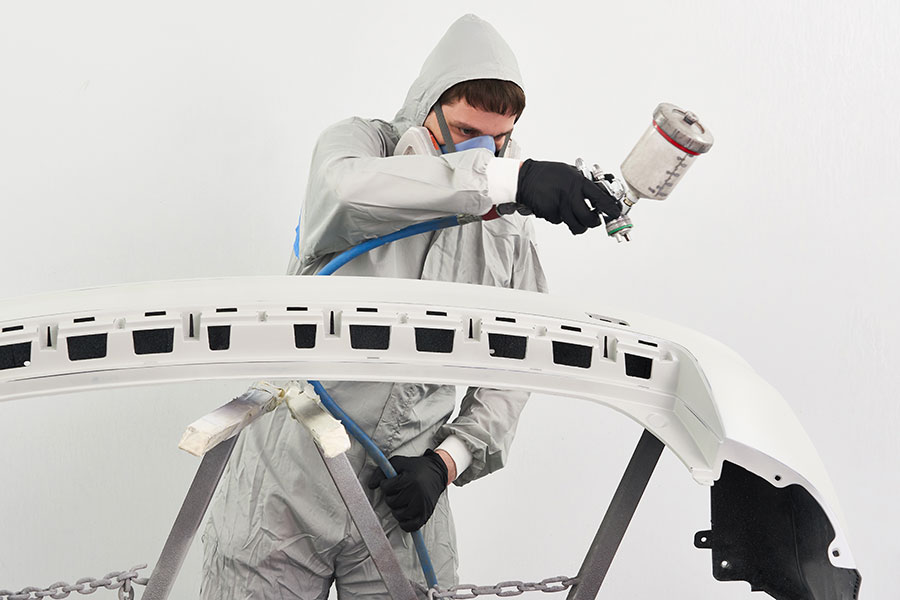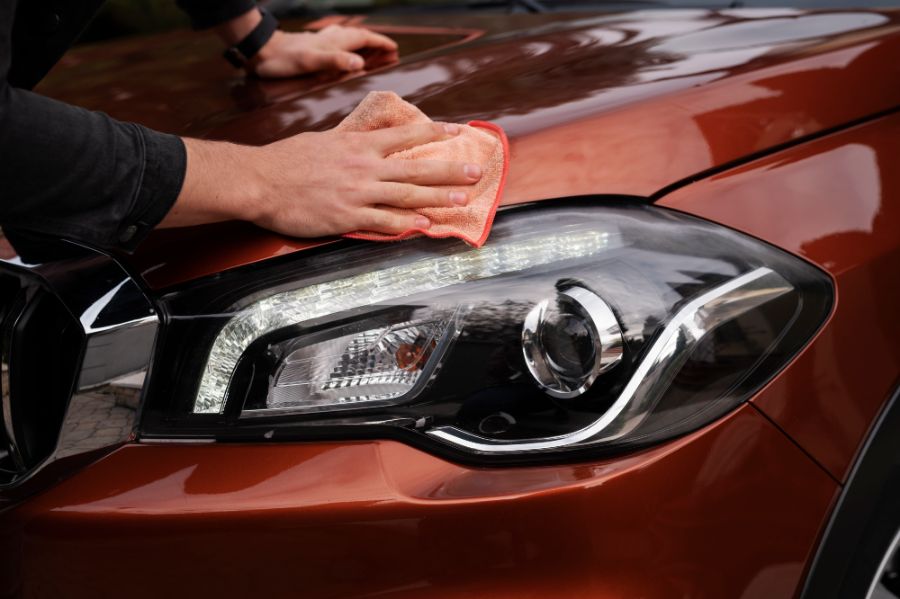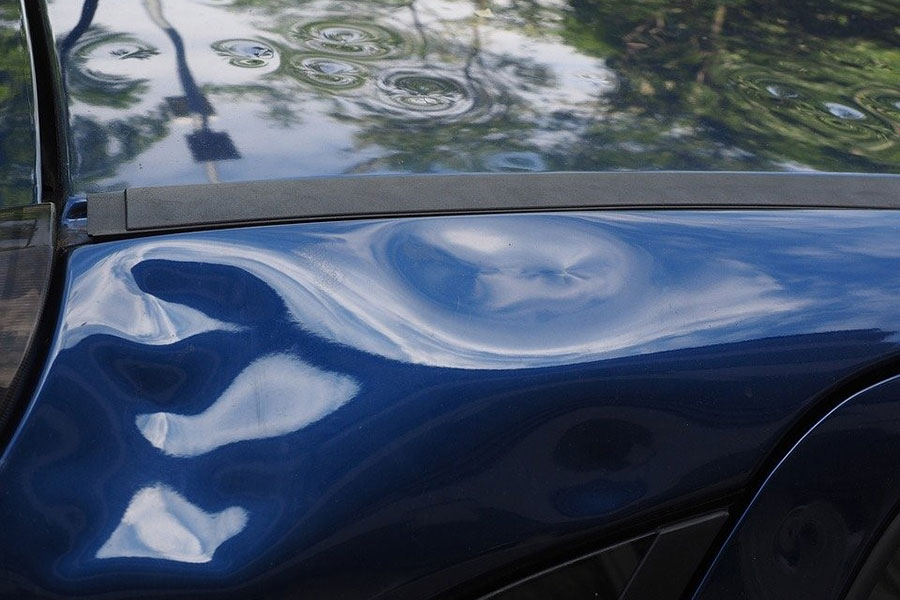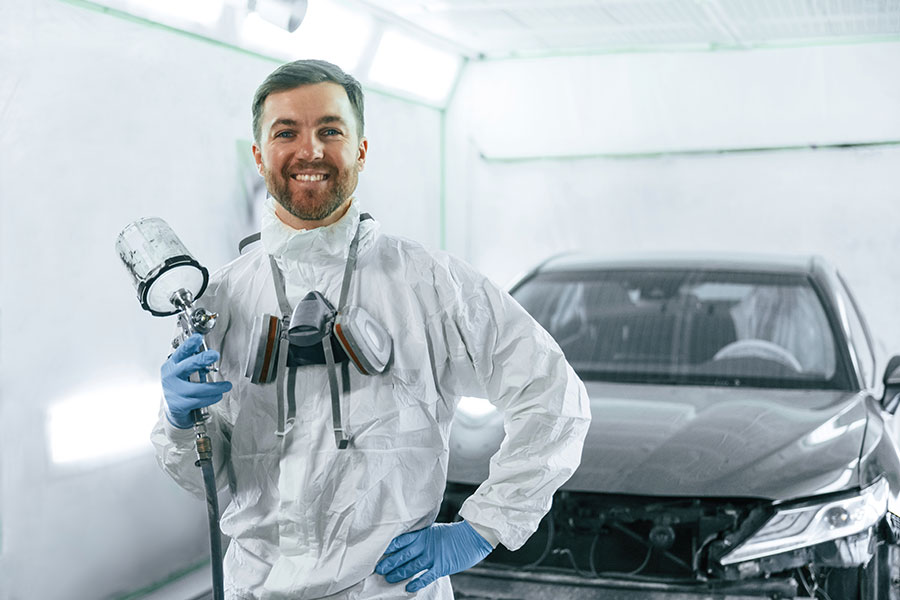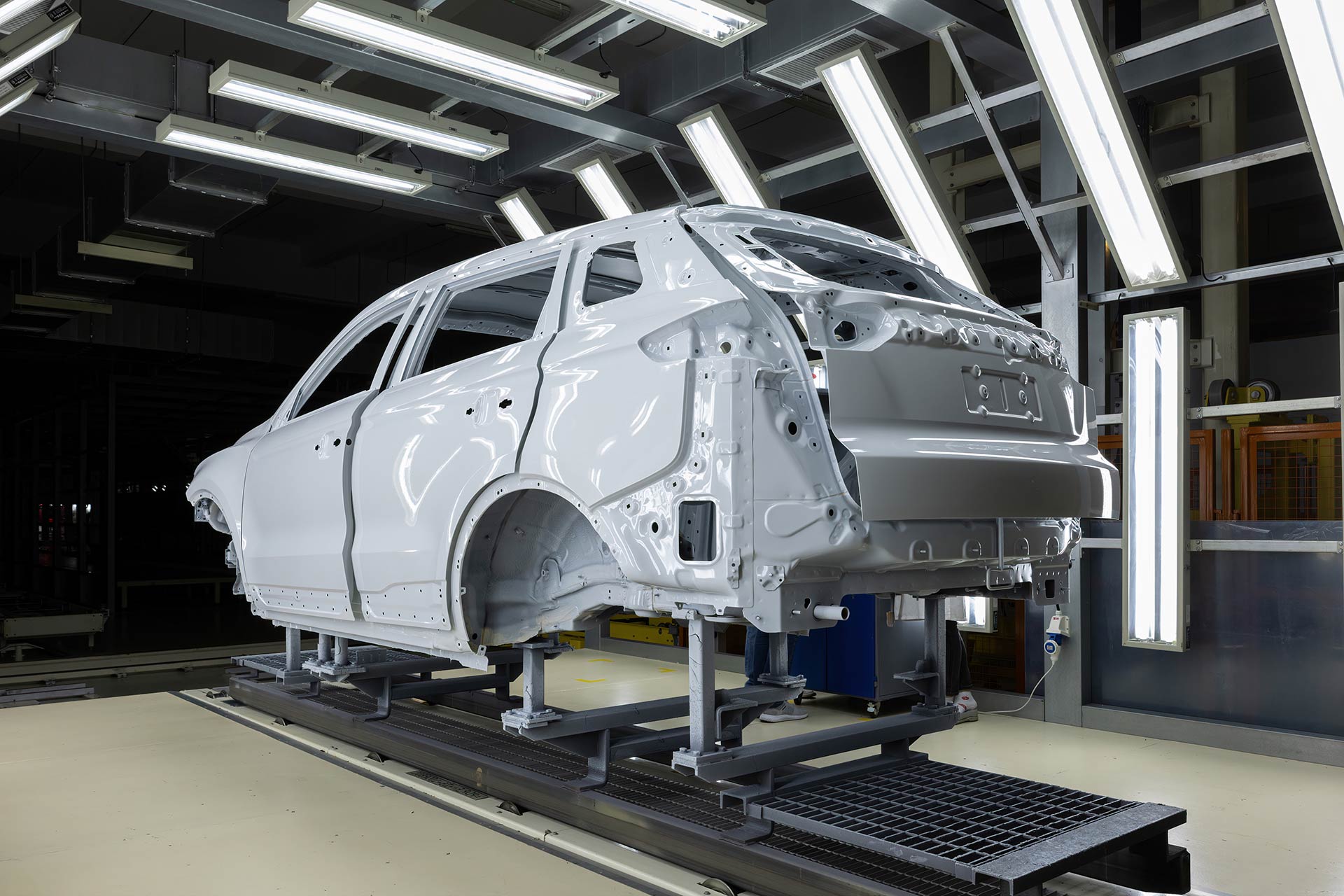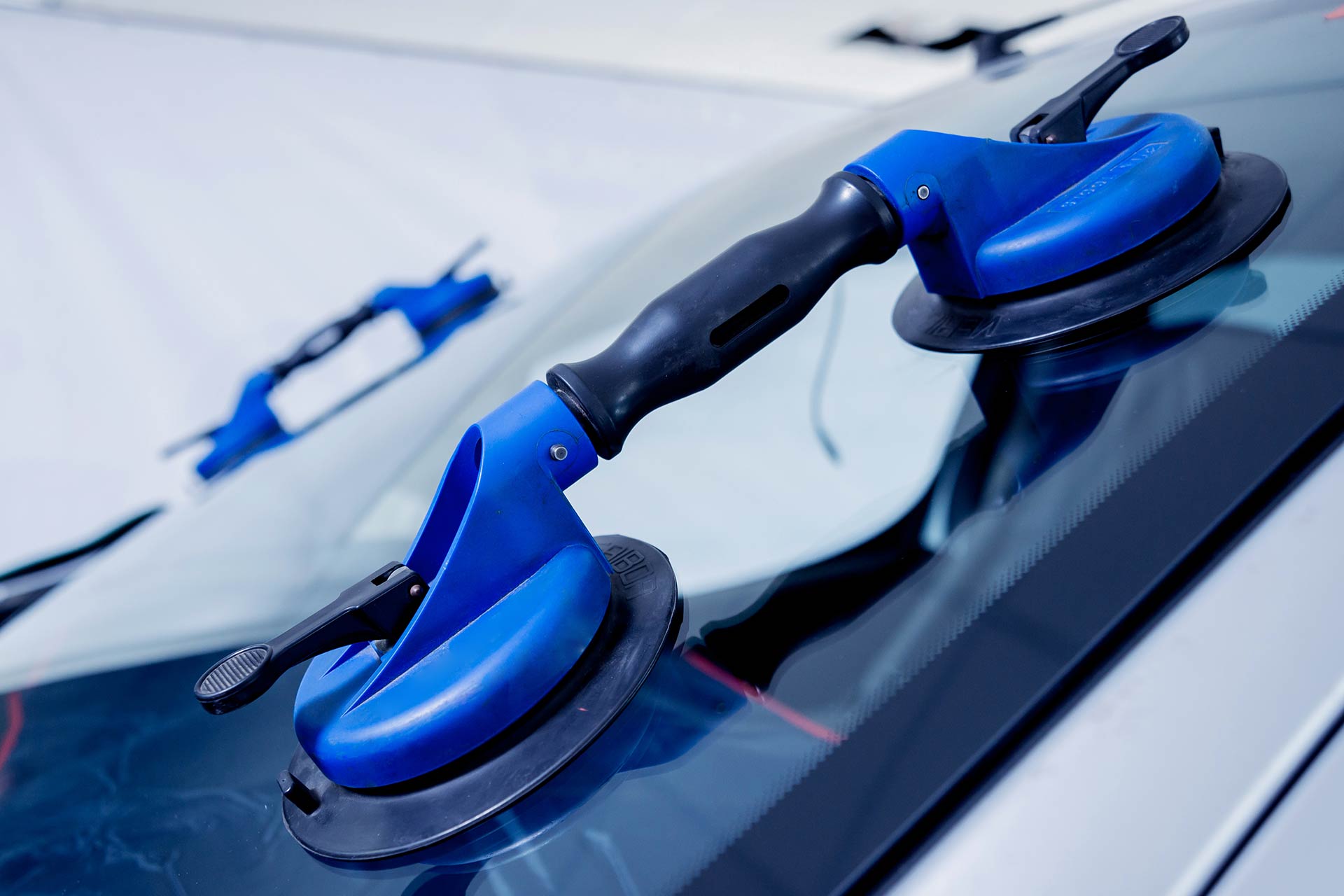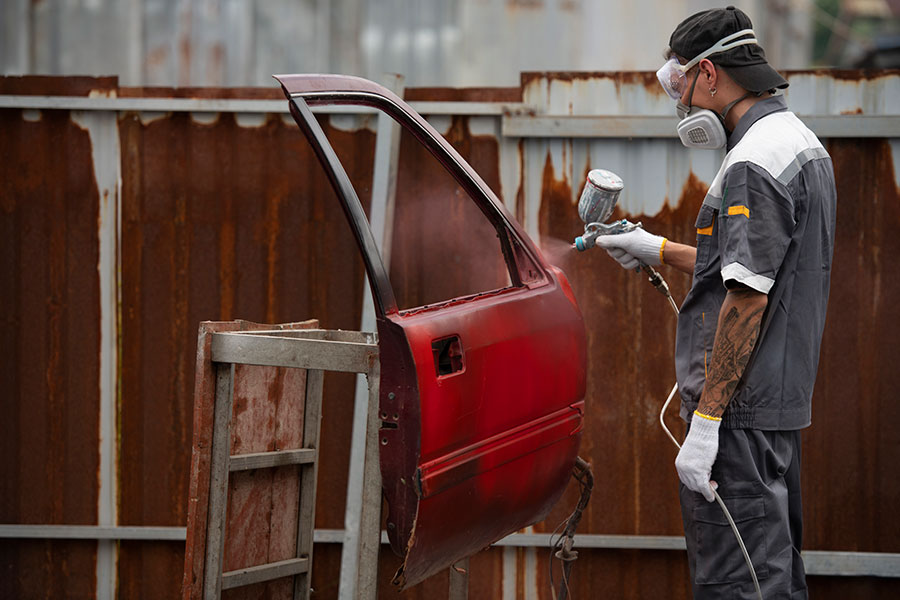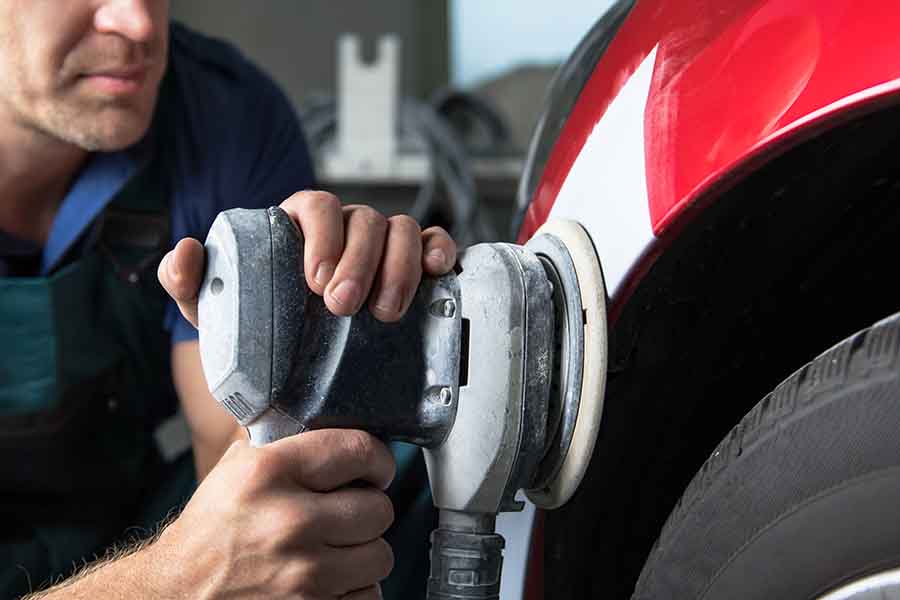Bumper repair might seem daunting at first, but with the right know-how, it's a task that can save you time and money. Unlike other car repairs that require professional help, fixing a bumper offers a unique opportunity for DIY enthusiasts to roll up their sleeves and tackle the problem head-on. This blog post will guide you through the essentials of bumper repair, from assessing the damage to choosing the best repair method. Whether your bumper has suffered a minor scratch or a more significant dent, we've got you covered with expert tips and tricks that will make your car look as good as new without breaking the bank.
Understanding Bumper Damage
Types of Damage
Scratches, dents, and cracks are common types of bumper damage. Each tells a different story about the impact experienced.
Scratches often result from grazing against objects or minor collisions. They might seem superficial but can expose the bumper to rust if not addressed. Dents indicate a stronger impact. They can vary in size and depth depending on the force of the collision. Cracks are the most severe, suggesting that the bumper absorbed a significant impact. These can compromise the structural integrity of the bumper, making it less effective in future collisions.
Impact Effects
Different impacts affect the bumper's integrity in unique ways. A low-speed collision might only leave scratches or small dents, which are relatively easy to repair. However, high-speed impacts or collisions with large objects can cause cracks or even shatter parts of the bumper. It's crucial to understand that the visible damage might only be the tip of the iceberg. The real concern is how these impacts affect the bumper's ability to protect your vehicle and passengers in future accidents.
Internal Damage
Assessing internal damage beyond visible marks is vital for vehicle safety. A bumper might look fine on the outside but have compromised internal structures that reduce its effectiveness. For instance, the absorber beneath the bumper cover can be crushed without any visible sign on the exterior. This component is crucial for absorbing impact energy during a collision. Ignoring internal damage can lead to more severe consequences in the event of another accident.
Repair vs Replacement
Cost-Effectiveness
Repairing minor bumper damage is often more cost-effective than opting for a full replacement. Small dents, scratches, or cracks can be fixed with modern techniques that are both affordable and quick.
Paintless dent repair, for instance, is a popular method for fixing small dents without needing to repaint the bumper. This process not only saves money but also preserves the original paintwork. On the other hand, replacing a bumper involves higher costs for the parts and labor. It may also lead to color mismatches if the new bumper's paint doesn't exactly match the rest of the car.
Repair Scenarios
In scenarios where the damage is superficial, such as minor scratches or small dents, repair is usually preferable. These issues don't affect the structural integrity of the bumper or the safety of the vehicle.
Techniques like sanding, filling, and repainting can make these blemishes disappear, restoring the bumper's appearance at a fraction of the cost of replacement. Moreover, repairs can often be completed in a few hours, minimizing the time your vehicle is out of service.
Replacement Conditions
However, there are conditions where a full bumper replacement is necessary for safety. Deep cracks, large dents, or damages that affect the bumper's mounts and attachment points compromise vehicle safety.
In such cases, even if a repair seems possible, it might not restore the bumper's ability to absorb impacts effectively in a future collision. Sensors and other technologies integrated into modern bumpers might not function correctly if the structure is compromised. Ensuring these features work properly is crucial for the safety systems of your vehicle.
Safety First
Prioritizing safety over cost when deciding between repair and replacement is essential. If there's any doubt about the bumper's ability to perform its protective role after an accident, replacement should be considered.
Professionals can assess whether the damage impacts critical safety functions. They ensure that decisions align with maintaining optimal safety standards. This approach helps in avoiding compromises that could put passengers at risk.
Costs Overview
Repair Costs
Repairing a bumper can be more affordable than many car owners think. The price range for repairing a bumper varies widely, typically between $100 and $600. This broad spectrum depends on the damage severity and the type of car. Minor repairs like small dents or scratches are at the lower end of the cost scale. More significant damage requiring extensive work pushes the cost towards the higher end.
Materials also play a crucial role in determining repair costs. For instance, plastic bumpers are cheaper to fix compared to metal ones. The labor involved in repairing a bumper contributes significantly to the overall cost as well.
Replacement Costs
When repair is not an option, replacement becomes necessary. Bumper replacement costs can range from $500 to over $1,500. The wide range accounts for various factors such as the make and model of the vehicle, and whether the bumper is aftermarket or OEM (Original Equipment Manufacturer).
Luxury cars and those with integrated technology features tend to have higher replacement costs. This is because their bumpers are more complex and expensive to produce.
Additional Factors
Several additional factors can influence the total cost of bumper repair or replacement. One of the most common is paint matching. Ensuring the new or repaired bumper matches the car's exact color can be time-consuming and requires special skills, adding to the labor cost.
Labor rates vary significantly by location and shop, impacting the overall price. High-end dealerships or specialty body shops usually charge more for their services than general auto repair shops.
Hidden Costs
It's also important to consider potential hidden costs. Damage might extend beyond the bumper itself, affecting sensors, lights, or other components embedded in or near the bumper area. Discovering such damage later can lead to unexpected increases in the total repair bill.
Moreover, while not directly related to the physical repair or replacement of the bumper, there could be additional costs for car rental if the vehicle needs to stay in the shop for more than a day.
In summary, while choosing between repairing or replacing a bumper, it's essential to consider not just the immediate costs but also potential additional expenses. Material, car model, labor rates, and hidden damages all influence the final price. Car owners should get multiple quotes and consult with professionals to understand the best course of action for their specific situation.
Labor Expenses
Repair Costs
Labor costs for bumper repair can vary widely depending on the type of service needed. Simple repairs like small dents or scratches often require less time and thus lower labor costs. Technicians might need only a few hours to complete such tasks, leading to labor charges that range from $50 to $100.
For more severe damage, the labor cost increases as the complexity of the repair grows. A bumper with deep scratches, large dents, or cracks may need extensive work, including sanding, filling, and repainting. These steps demand higher skill levels and more hours of work. Consequently, labor costs for these repairs can jump significantly, often ranging between $200 and $500.
Replacement Costs
When repair is not an option, replacement becomes necessary. Labor expenses for bumper replacements are higher due to the additional steps involved. Technicians must remove the damaged bumper, prepare the new one for installation, and ensure it's properly aligned and secured to the vehicle. This process is labor-intensive and requires precision.
The labor cost for replacing a bumper can easily exceed $500. In some cases, especially with high-end vehicles or those requiring specialized bumpers, labor charges can approach $1,000. These figures highlight the importance of understanding the extent of bumper damage before deciding on repair or replacement.
Dealership vs. Independent Shop
Choosing between dealership repair services and independent shops can also impact labor costs. Dealerships typically charge more for labor due to their specialized knowledge of specific vehicle brands and access to original equipment manufacturer (OEM) parts. Labor rates at dealerships can be 20% to 40% higher than those at independent shops.
Independent shops, on the other hand, offer more competitive labor rates. They can afford to charge less because they have lower overhead costs and often use aftermarket parts that are cheaper than OEM parts. However, it's crucial to select a reputable independent shop to ensure quality workmanship.
Independent shops might charge between $75 and $100 per hour for labor, whereas dealerships could charge between $100 and $150 per hour. These rates demonstrate the potential savings when opting for an independent shop over a dealership for bumper repair services.
Insurance Considerations
Coverage Impact
Insurance plays a crucial role in deciding whether to repair or replace a bumper. Understanding your policy is key. Some insurances cover the full cost of bumper repairs, especially if another party is at fault. However, policies vary greatly.
They might only cover a portion of the costs if you're responsible for the accident. This can significantly influence your decision. It's essential to check with your insurance provider before making any decisions. They can tell you how much of the repair or replacement will be covered.
Claim Process
Filing a claim for bumper damage is straightforward but requires attention to detail. First, report the damage to your insurance company as soon as possible. You'll likely need to provide photos of the damage and possibly a police report if the incident was part of a traffic collision.
Your insurer will then guide you through their process, which may include sending an adjuster to assess the damage or asking you to visit approved repair shops for quotes. Timeliness and accuracy in providing all required information can speed up this process.
Deductible Impact
Your policy's deductible greatly affects out-of-pocket expenses. A deductible is what you pay before your insurance covers the rest. If the cost to repair your bumper is less than your deductible, it might not be worth filing a claim.
For example, if your deductible is $500 and the repair costs $450, you would pay for it entirely out-of-pocket anyway. Knowing your deductible amount can help you make informed decisions about whether to proceed with an insurance claim or handle the repair independently.
Repair Steps
Damage Assessment
Professionals first assess the bumper's damage. This step determines if repairs are feasible or if a replacement is necessary. They look for cracks, dents, and scratches. Structural integrity is key. This stage links closely to insurance considerations, as the extent of damage can affect claims.
Professionals use specialized tools to inspect the damage. They ensure accuracy in their assessment.
Preparation Phase
The preparation involves cleaning the damaged area thoroughly. Technicians remove any debris or dirt. This ensures a smooth repair process.
They then sand the damaged area. Sanding helps in creating a surface that adhesives and fillers can easily bond with.
Repair Process
In this step, technicians apply a filler to dents and cracks. They choose a filler that matches the bumper's material for best results. After applying, they allow it to dry completely.
Next comes the sanding of the filled area. They aim for a surface level with the rest of the bumper.
Painting and Finishing
Matching the paint color is crucial. Technicians use a computerized system to find the exact color match. They then apply primer, followed by the color coat.
Finally, they apply a clear coat for protection and shine. This also makes the repair area blend seamlessly with the rest of the bumper.
Quality Check
After painting, a quality check ensures everything meets standards. Technicians inspect for color match and smoothness. They ensure no step was missed during the repair process.
This step guarantees customer satisfaction and maintains vehicle value.
Saving on Repairs
Compare Quotes
When looking to save money on bumper repairs, it's wise to start by comparing quotes from various repair shops. Each shop has its own pricing model, influenced by factors like location, expertise, and the extent of damage.
By getting multiple estimates, you can find the most cost-effective option without compromising on quality. Remember, the cheapest quote isn't always the best choice. It’s crucial to consider the reputation and reviews of the repair service as well.
Aftermarket Parts
Choosing aftermarket parts over OEM (Original Equipment Manufacturer) parts can significantly reduce the cost of repairs. Aftermarket parts are often much cheaper and can be just as effective for fixing damages.
However, it's important to ensure these parts meet safety standards. Not all aftermarket products are created equal, so doing a bit of research or asking your repair technician for recommendations is a good idea.
DIY Repairs
For minor damages, considering DIY repairs can be a feasible and cost-effective solution. Many tutorials online guide through simple bumper repair processes such as removing scratches or small dents.
This approach requires some basic tools and materials, but it can save a significant amount of money. However, it's vital to assess the damage carefully before deciding to fix it yourself. Some damages might look minor but could affect underlying structures.
Professional Repairs
While DIY repairs and choosing cheaper options might seem economical initially, opting for professional repairs has long-term benefits. Professionals have the right tools, knowledge, and experience to ensure repairs are done correctly.
Investing in professional repairs can prevent future issues and maintain your vehicle’s value. Quick fixes might solve problems temporarily but could lead to more significant, costly issues down the line.
Summary
Navigating bumper repair doesn't have to be a headache. You've got the lowdown on understanding damage, weighing repair against replacement, and what costs you're looking at. Plus, you've seen how labor and insurance play into the equation, learned the steps for repair, and discovered ways to save money. Armed with this knowledge, you're in a solid place to make informed decisions about your bumper repair needs.
Now's the time to take action. Don't let bumper damage slow you down or stress you out. Reach out to a trusted professional with confidence, knowing what questions to ask and what options are on the table. Remember, taking care of your car is taking care of your investment—and your safety. Let's get that bumper looking like new again.
Frequently Asked Questions
What determines if a bumper can be repaired or needs to be replaced?
The extent of the damage determines if a bumper can be repaired or needs replacement. Minor damages like small dents or scratches often qualify for repairs, whereas significant structural damage might necessitate a complete replacement.
How much does it typically cost to repair a bumper?
The cost of bumper repair varies widely, generally ranging from $150 to $600, depending on the severity of the damage and the type of your vehicle. This estimate includes both labor and materials.
Are labor expenses significant in the overall cost of bumper repair?
Yes, labor expenses can significantly impact the overall cost of bumper repair, as they vary depending on the complexity of the repair and the rates charged by the repair shop.
Can insurance cover the cost of bumper repair?
Insurance coverage for bumper repairs depends on your policy specifics and whether the damage is due to an accident deemed covered. It's essential to consult with your insurance provider for accurate information.
What are the typical steps involved in repairing a bumper?
Repairing a bumper typically involves prepping the damaged area, reshaping or filling the damage, sanding it down, and then painting and finishing to match the vehicle's original appearance.
How can I save money on bumper repairs?
To save money on bumper repairs, consider getting multiple quotes, opting for paintless dent repair if applicable, and checking if your insurance policy covers some of the costs. DIY repair kits are an option for very minor damages but require caution.
